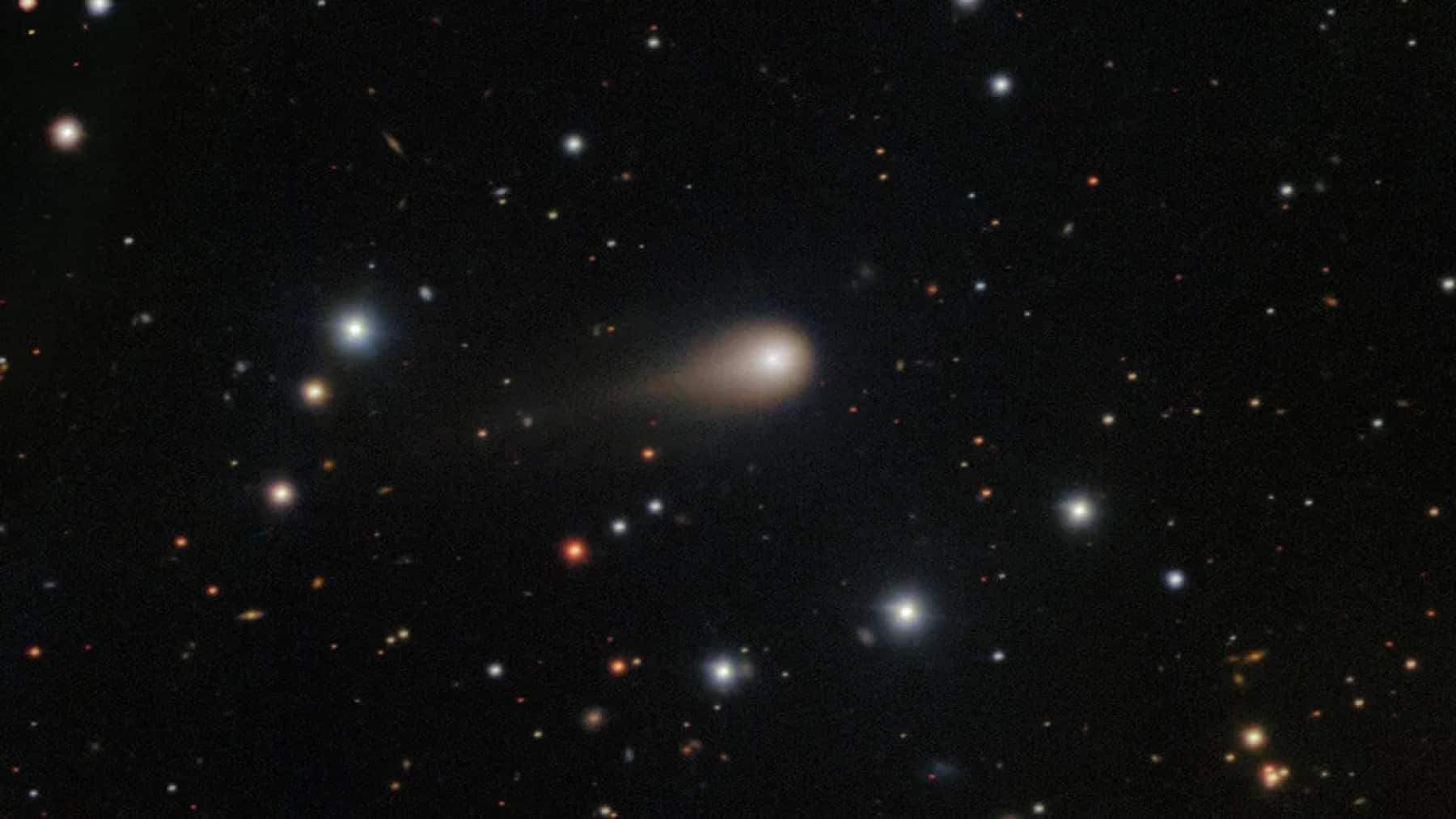Once in a while, the universe tosses us a visitor who shouldn’t be there. Our solar system always feels predictable, but right now, a deep-space object is traveling through at 130,000 miles per hour, and it is not a comet. It won’t be back to make a fleeting hello; it will not be a brief, one-time visit, like a comet that passes by and disappears into the deep dark.
A visitor unlike any other: a mysterious object racing through space on a one-time cosmic journey
Initially, this object might appear to be any other asteroid or comet. However, upon a closer inspection, it will be seen to be specific and outside the norms of the different solar system bodies in predictable looped orbits around the Sun. This deep-space traveler is different; as a result of its trajectory extending outward in an open curve, this trajectory indicates that it is from further afield and will not find itself captured here.
Astronomers predict that it is on a hyperbolic trajectory. This means it is moving too rapidly for the pull of the Sun’s gravity to contain it. To illustrate, if you throw a stone near a planet, the stone will get caught by the planet, but only if the stone is slow enough.
However, if the stone is moving quickly, it won’t get captured and will continue moving away from the planet. That’s exactly what this visitor is doing to our solar system; it is simply a quick stop on the visitor’s one-way path.
A cosmic visitor on a one-way journey through our solar neighborhood
Speed represents another reason to celebrate this deep-space object. At a speed of 130,000 mph, it could travel the distance from Earth to the Moon in just over two hours. For perspective, the fastest spacecraft humans have launched can only reach that speed after years of acceleration and slingshot maneuvers, like NASA’s Parker Solar Probe, which is comparable, in part, due to the speed of gravity.
This means the visit will be brief. Whereas comets drift slowly across our skies over months, this interstellar visitor whips through the solar system in just weeks. It is exciting for astronomers, like the ghost cosmic bridge discovery, but stressful, and the timeframe for study is very short, leaving as fast as it arrives.
Tracking the path of this deep-space stranger passing through our solar system
Around the world, observatories are scrambling to study this unusual interloper. Astronomers are carefully tracking its trajectory against the stars, and analyzing sunlight that bounces from its surface to determine if it’s rocky, icy, or something else entirely. Teams of researchers on different continents are collaborating to fill in its story before it disappears into deep-space.
What interstellar visitors can teach us about the universe?
Why should we care? Interstellar visitors are like messages in a cosmic bottle, holding pieces of other worlds. While comets and asteroids that orbit our Sun tell the story of our own solar system, a deep-space object from another star system introduces us to phenomena that are not within our reach to study.
Examining its material may show whether other planetary systems produce similar ices and rocks as ours, or instead produce completely different materials. It might also let us know how common or rare Earth-like building blocks are in our galaxy. Every brief visitor allows for an opportunity to understand better the universe we are part of.
This deep-space stranger will be passing by the Sun soon and heading off into interstellar space for eternity. It gave Earth’s astronomers a fleeting chance to see something that originated in another star system, a transient visitor that reminds us our solar system is a small part of a vast galaxy, which is unruly and filled with surprises, just like this strange black skull discovery on Mars.

